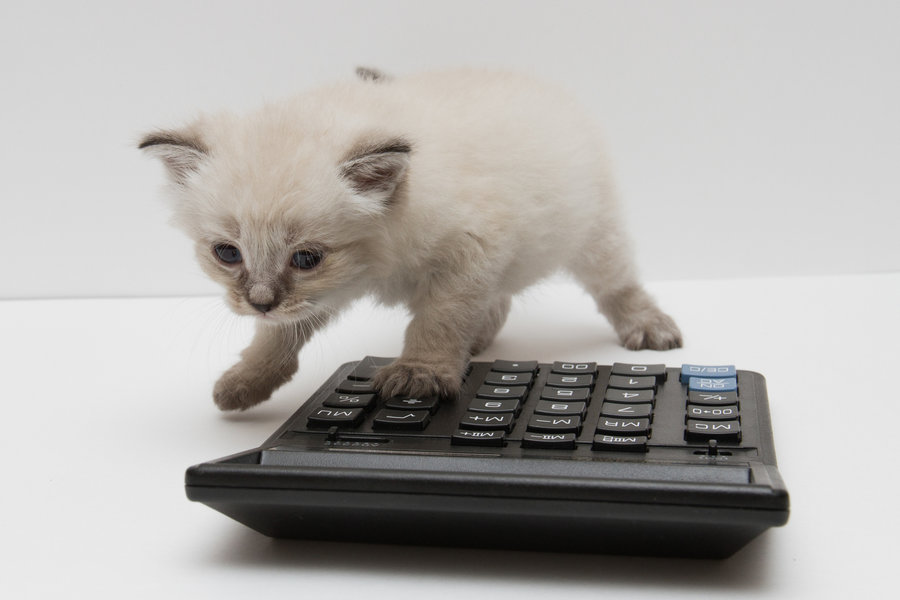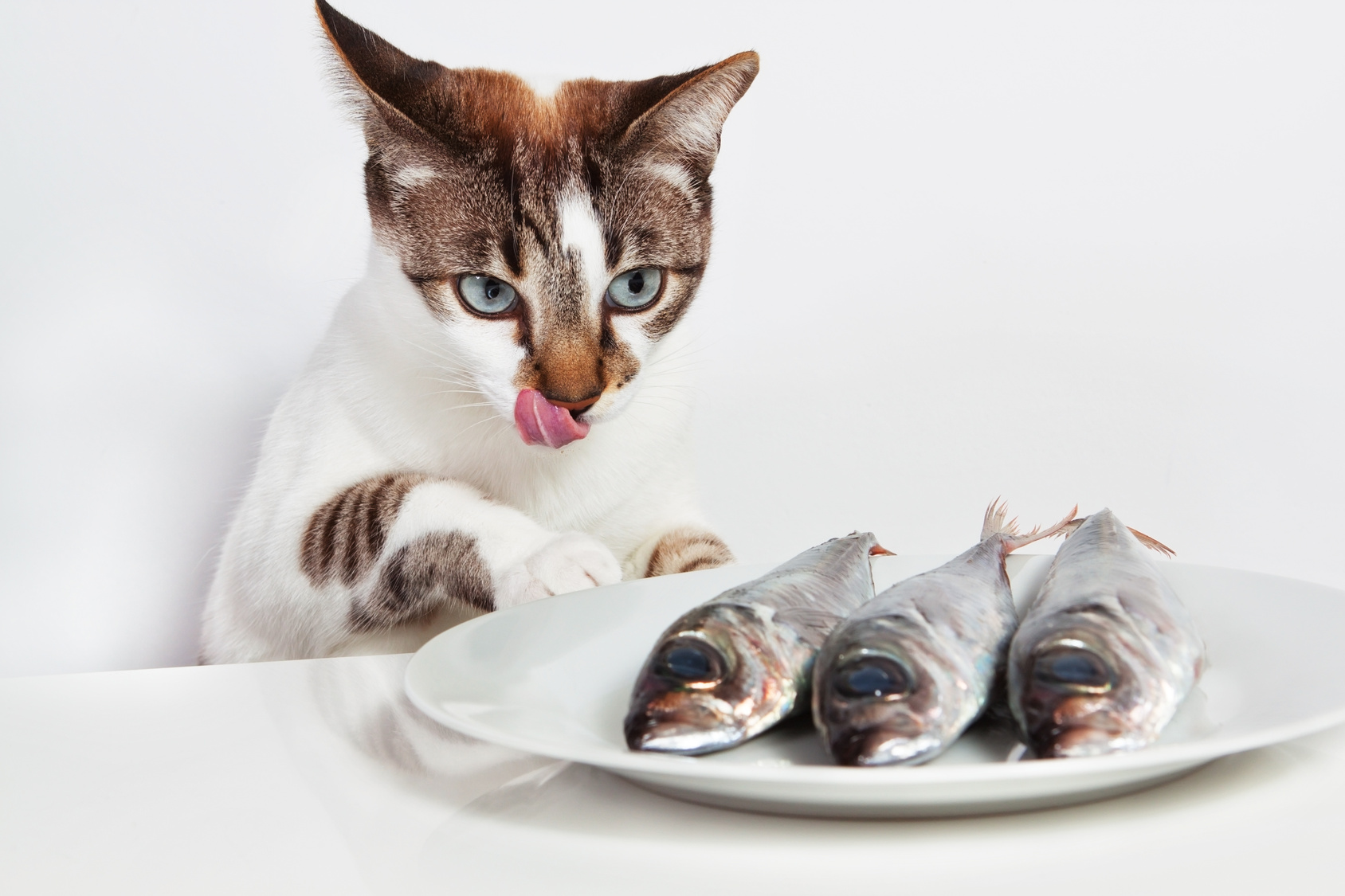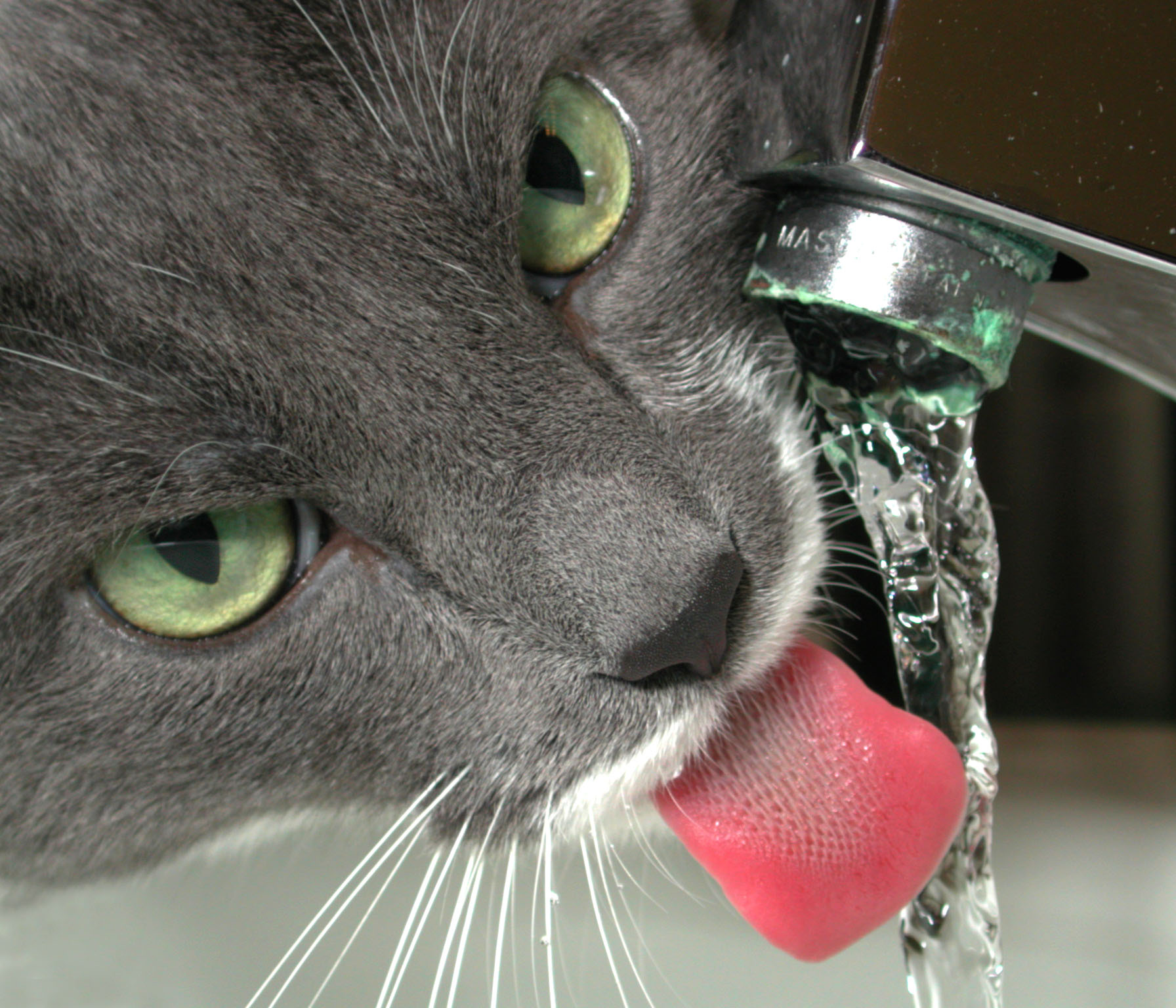I want my kitties to eat a healthier diet, and I’m ready to go! What’s next?
Free-fed kibble eaters are usually nibblers. The very first step is to begin feeding timed meals.
For free-fed nibblers, you cannot just pull up the kibble, they need to learn how to eat “meals.”
This process is discussed in the article Transitioning Free-Fed Kibble Kitties to Timed Meals.
How To Begin Introducing the New Food
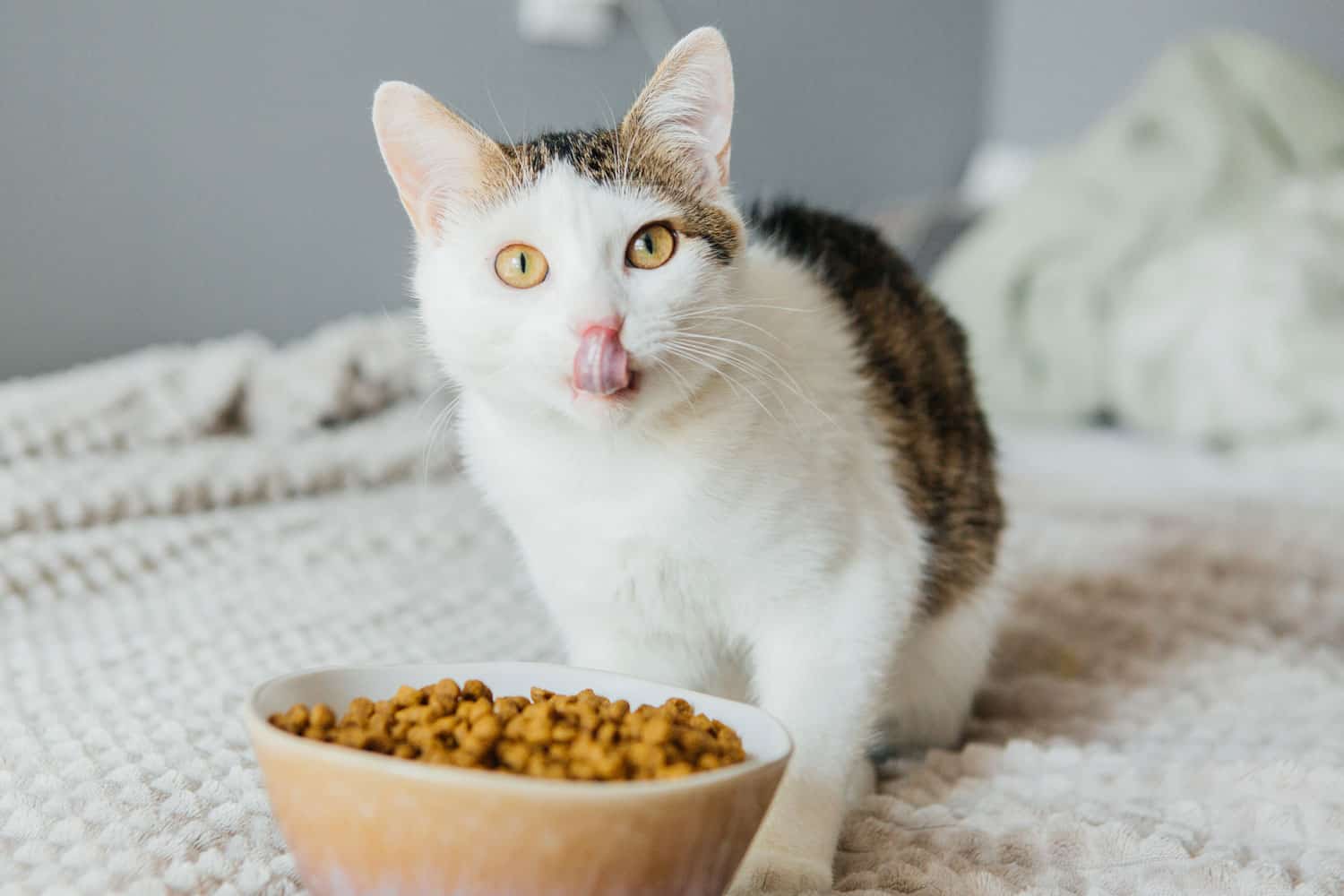
I've got my kitties eating some timed meals! Now, what do I do?
Many cats are addicted to kibble because of the fats sprayed onto it.
If it were not for these "palatability enhancers," most cats would easily transition from kibble to canned, raw, or homemade food.
A large part of the problem in the transition to a new food is not only the change in texture but the relative lack of smell of the new food when compared to the kibble the kitties have been eating.
The transition options:
1) Using the current dry cat food, having already transitioned to at least some timed meals;
2) Simply adding timed meals of raw or canned while leaving the kibble out or out part-time.
How to proceed depends on
- how you want to transition
- whether or not your cat will eat meals in addition to having the free-fed kibble left out initially (whether they like the new food or do not like the new food)
- your schedule
My Cat Does Not Like the New Food
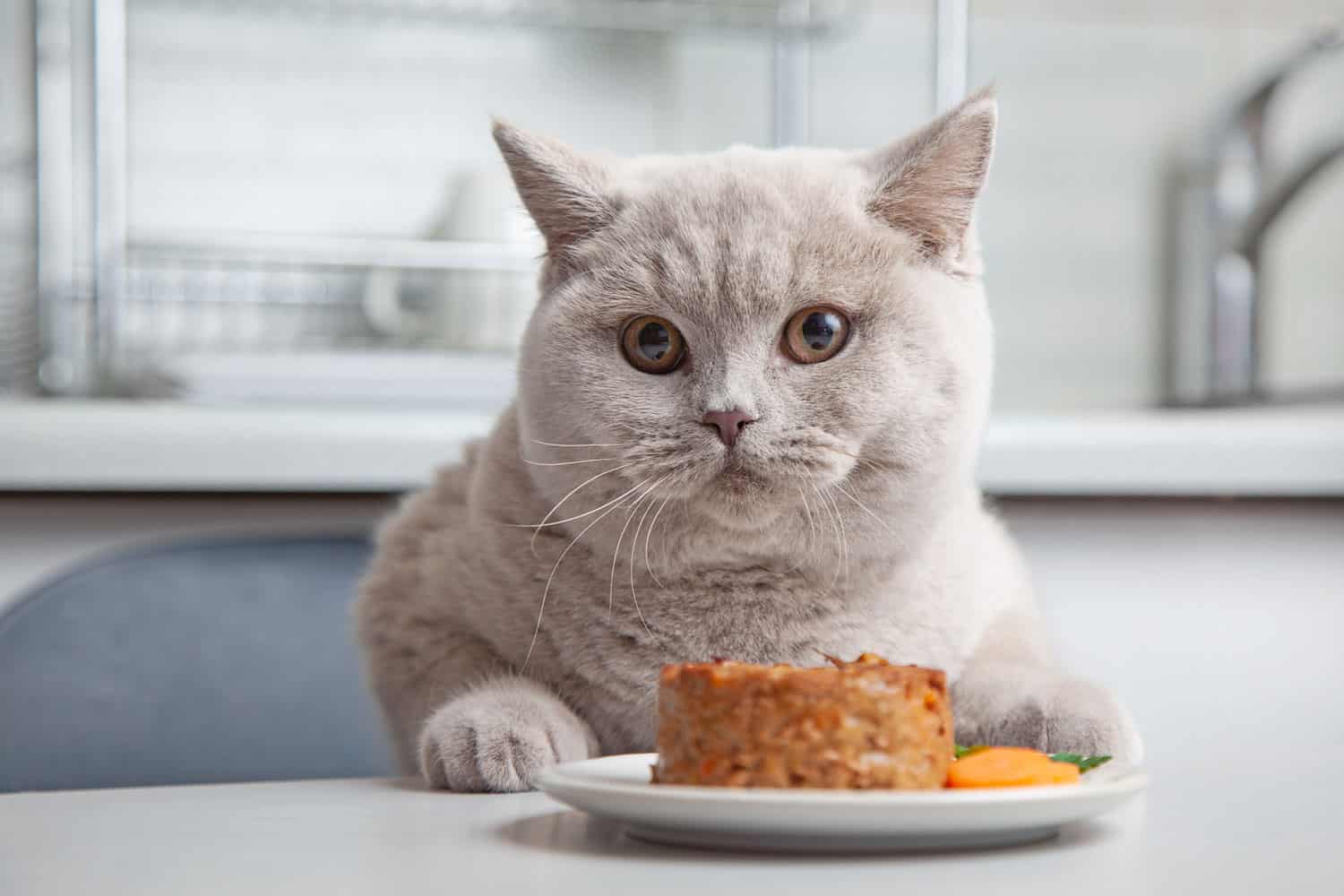
If your cat does not like the canned, raw, or homemade food, then you need to use the kibble to transition to timed meals before proceeding with the new food introduction.
You will use their love of kibble to transition them to the new food, but mealtimes must be established: until they’re eating some timed meals, you have no way to introduce the new food using the kibble.
It is VERY important that your cat eat enough food during the transition. Starving cats into eating does not work and is dangerous, especially in overweight kitties.
Cats are not metabolically designed to use fat stores, and their livers easily get overwhelmed with fat, causing a disease called Hepatic Lipidosis (fatty liver).
The way to avoid this is to ensure your cat is eating enough calories during any transition.
This is essential. What they eat is more important than WHAT they eat until they are reliably eating enough food at timed meals.
SIGN UP FOR THECATSITE'S EMAIL UPDATES >
So How Much Does My Cat Need to Eat During the Transition?
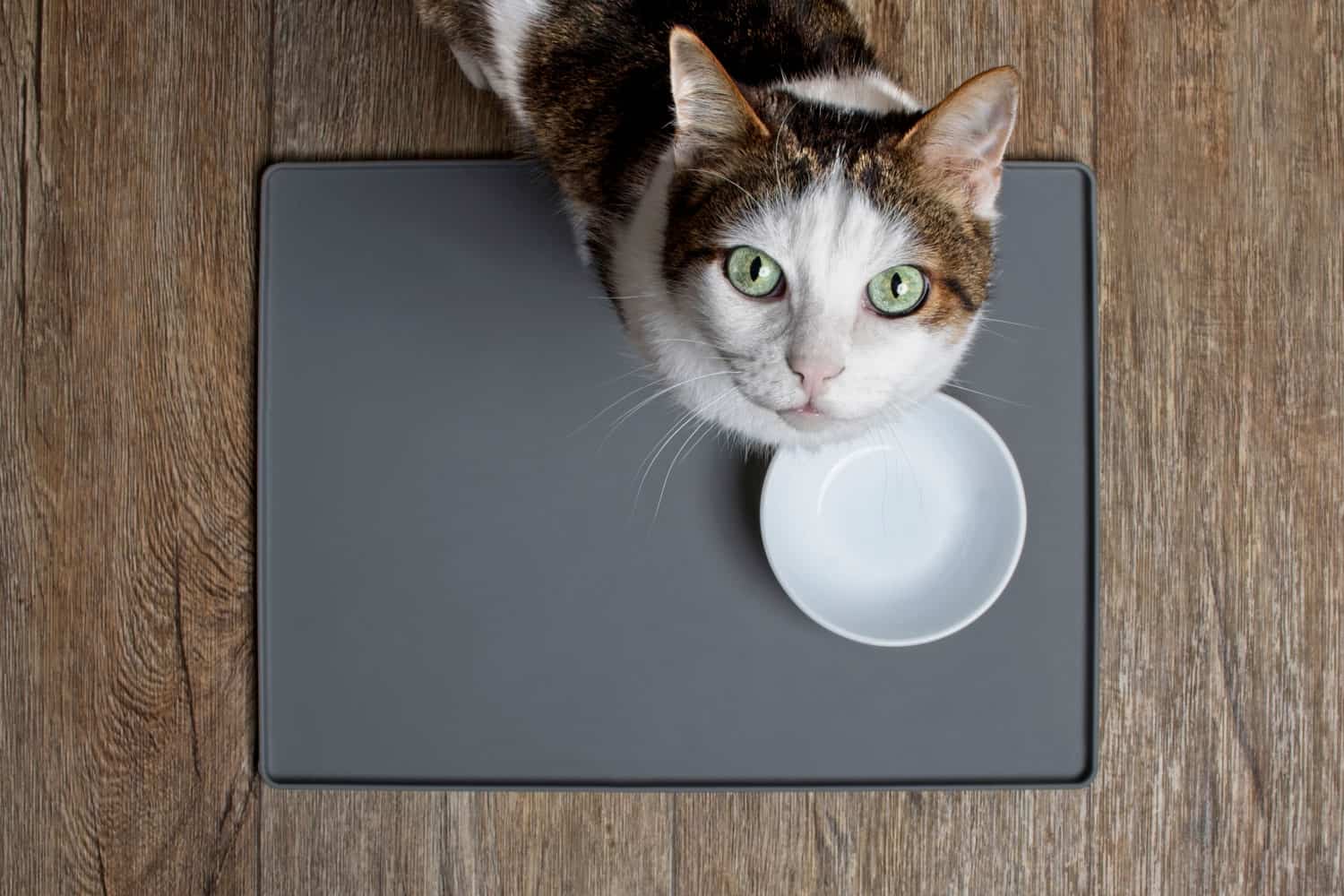
According to Dr. Lisa Pierson, your cat is safe from developing the fatty liver disease if consuming at least 15 calories per pound per day.
This number is figured on lean body weight, not fat weight.
So if your cat weighs 18 pounds but really should weigh 12 pounds, your cat needs to consume at least 180 calories per day. (12 pounds lean body mass X 15 calories/pound/day = 180 calories/day).
The Role of Hunger in a Transition
While cats are metabolically designed to eat many small meals a day (think hunting mice or other small mammals), their GI systems perform best when they have periods when they are hungry.
According to the Nutrition Research Council's Nutrient Requirement of Dogs and Cats,
Indigestible solids are retained in the stomach until digestion of other food components is completed.
They do not exit the stomach until powerful, propulsive, gastric contractions in the fasting state take place.
This means that in order to pass ingested hair, kitties need those hunger pangs.
This isn't to say that all free-fed kibble kitties have problems with hairballs, nor does a switch to timed meals resolve hairball problems in all cats.
This is only to assuage worried parent concerns about kitty being hungry. Those hunger pangs are good for them!
Introducing New Foods
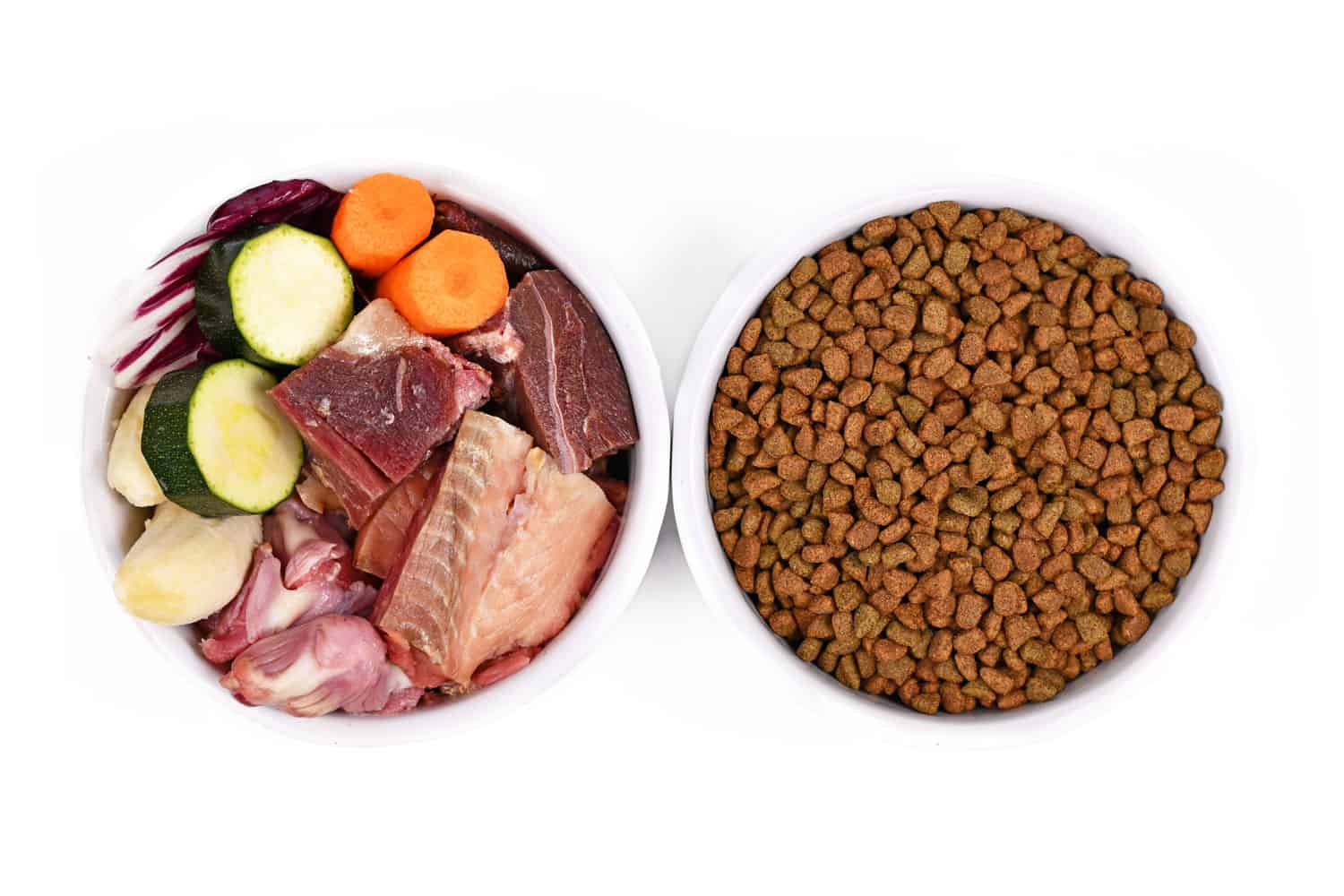
When the kitty is eating timed meals at least during the day, you can start the introduction to the new food:
Put a small amount of the new food under the kibble or next to the kibble.
Don’t worry if they don’t eat the new food. The point is just to get them associating the new food AS food.
Let them eat the kibble around it, and just get used to the presence of the new food.
If a kitty walks away from the dish without eating any kibble because of the presence of the new food, reduce the amount of new food in there, or set it on a separate dish next to their dish of kibble.
You may have to take it down to an amount that looks like a pea.
You may have to crush kibble and coat that pea-sized dollop heavily with crushed kibble.
Or use a favorite treat: crush it, powder it, drizzle it over the little bit of new food in the dish to distinguish it from the kibble, but to disguise the smell of the new food.
Don’t worry if the kitty won’t taste it, so long as they’re eating the kibble in the dish.
Keep at it!
One of the members here at TheCatSite has a cat that took over a month to even lick at that powdered favorite treat (freeze-dried chicken breast) over the extremely small dollop of new food.
Once she did, she licked more and more of the powdered treat – sometimes getting a bit of the new food in her mouth. Then she started eating the dollop under the treat.
When a kitty is eating that wee bit of food under the treat topping, you can increase the amount of new food – use the topping (or rotate toppings) – and reduce the amount of kibble.
At some point, you’ll be able to reduce the amount of topping and eliminate the kibble.
Patience wins out. This is not a race!
My Cat Likes the New Food
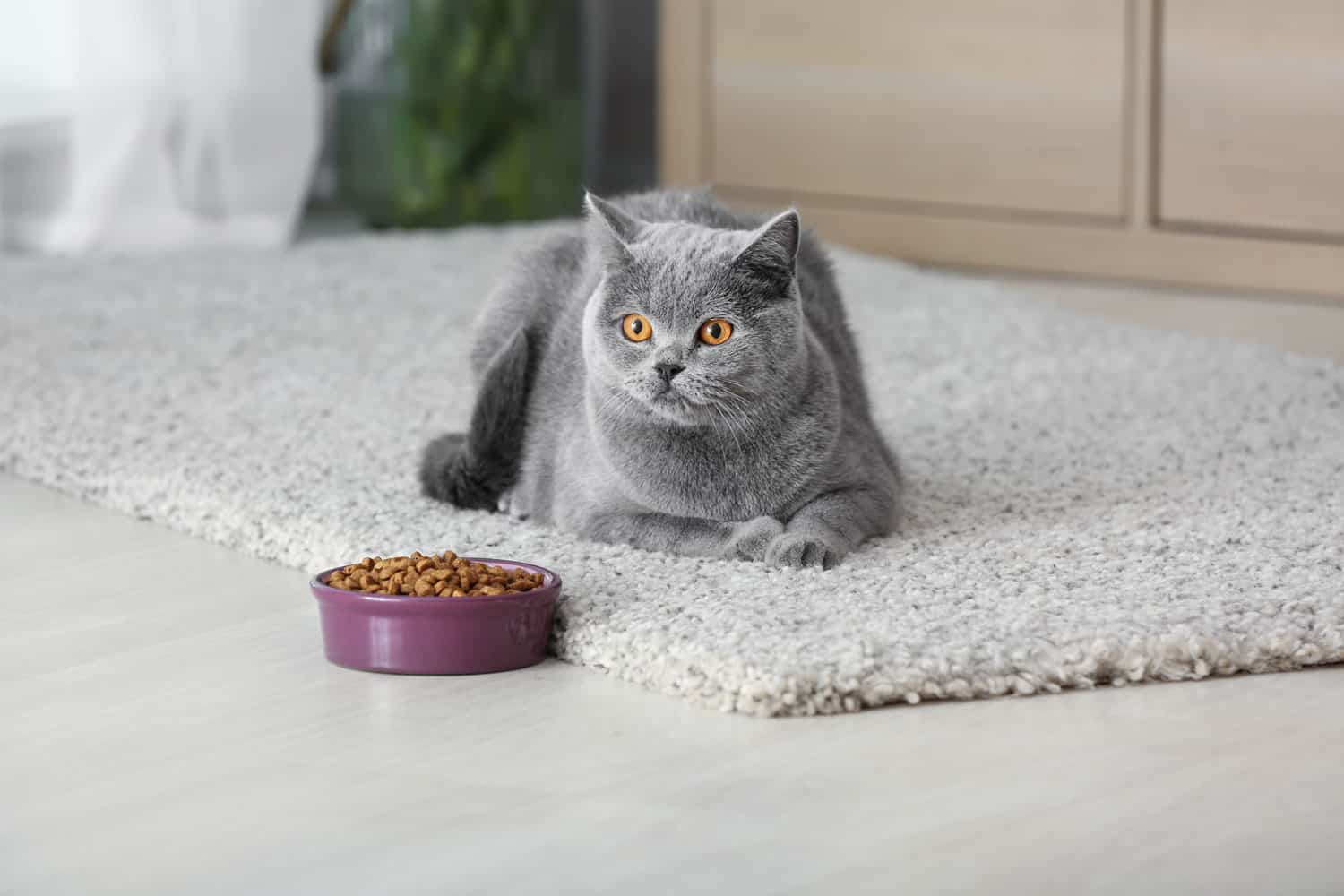
If your cat likes the new food but doesn't eat enough at “meal time” because the kitty is used to nibbling, you have two options:
Divide the food into more frequent, smaller meals. If this doesn't work with your schedule, you can put down a measured amount of kibble overnight and pull the kibble during the day (or however your schedule works).
Feed as many meals as you can. Determine how much of the new food your cat will eat in one sitting. Put out that amount of food at mealtime.
Slowly increase the amount of food offered; as kitty eats more of the new food, reduce the amount of kibble left out to free feed at night.
Again, if you’re feeding more meals than you ultimately want to have in the schedule, once there is no more free-fed kibble left out, start increasing the amount of food fed at the meals you want to keep and slowly drop the “extra” meals one by one.
Helpful Hints
Praise helps. Praise the kitty for eating at mealtime.
Make mealtimes exciting. Have a quick play session before a meal (when possible) or after a meal – however it works for you, the kitty, and your schedule.
Incentivize them to eat meals. Stop feeding treats between meals (other than to absorb bile as necessary), and sprinkle bits of treats (toppers) on the meals.
Compared to kibble, the new food may not have as much smell (to kitty).
With canned food, heating it up may be helpful. You can either use the microwave for a few seconds or mix a little bit of warm water into the food if they like gravy.
Another option is to put the food in a baggie and warm it up in a bowl of warm water prior to serving.
For those transitioning to raw or homemade, your kitty may be sensitive to the temperature. Some prefer it cold; others prefer it room temperature or warm. Experiment!
“Toppers”
Obviously, the point of a transition is to get kitty to eat a healthier diet.
So it’s a good idea to try to find a healthy topper your cat prefers to the kibble, Whiskas or Temptations treats, or whatever you’ve been using/giving.
Many cats love:
Freeze-dried chicken
Freeze-dried liver (chicken, beef, lamb are the most common)
Bonito flakes
Freeze-dried salmon
Freeze-dried shrimp
Tuna water can be drizzled on the food (not tuna in oil!)
And though not the healthiest option, the probiotic Flortiflora by Purina is made primarily of animal digest: the very stuff that is sprayed on the kibble to make it so yummy to a cat.
Fortiflora can make a great topper for a kibble-addicted kitty. It’s easy to use without using much by tearing a corner off and “fluffing” it over the food.
This process may need to be repeated during the new food meal.
SIGN UP FOR THECATSITE'S EMAIL UPDATES >
Written by Laurie Goldstein
Laurie Goldstein is a CFA Charterholder. In addition to her work as an equity analyst, she applies her research skill to all things cat, focusing on nutrition and advocacy for feral cat management via trap-neuter-return (TNR) and educational research on cat predation. Learn more about feral cats on her website Stray Pet Advocacy.
Comments? Leave them using the comment section below. Questions? Please use the cat forums for those!
Note: We may get commissions for purchases made through links on this page.

